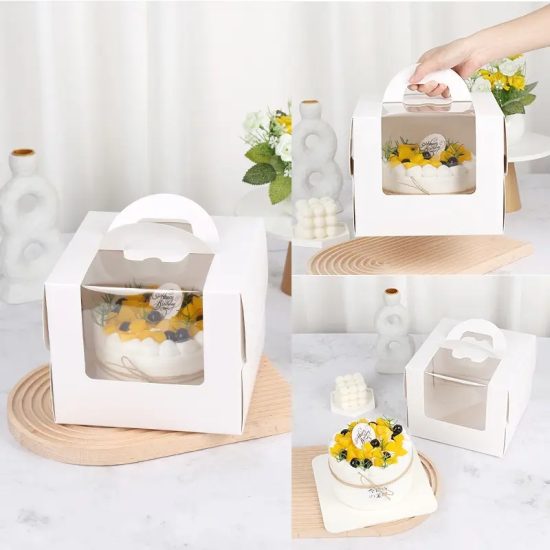Sustainable Materials: A Greener Choice for Chocolate Packaging
Choosing sustainable materials for chocolate packaging is an excellent way to make a greener choice that aligns with environmentally conscious practices. Sustainable packaging not only reduces the environmental impact but also appeals to eco-conscious consumers who actively seek products with eco-friendly credentials. Here are some sustainable materials to consider for your chocolate packaging:
- Biodegradable and Compostable Materials: Opt for packaging made from biodegradable materials like cornstarch-based bioplastics or compostable paper. These materials break down naturally over time, reducing landfill waste.
- Recycled Paper and Cardboard: Use paper and cardboard made from recycled content for boxes and wrappers. Recycled paper helps conserve natural resources and reduces energy consumption during the manufacturing process.
- FSC-Certified Paper: Choose packaging materials that are certified by the Forest Stewardship Council (FSC). FSC-certified paper ensures that the material comes from responsibly managed forests, promoting sustainable forestry practices.
- Plant-Based Films: Consider using plant-based films made from materials like cellulose or polylactic acid (PLA). These films are biodegradable and offer a more eco-friendly alternative to traditional plastic wraps.
- Reusable Packaging: Design packaging that can be repurposed or reused by customers after consuming the chocolates. This encourages sustainability and reduces single-use waste.
- Glass or Metal Containers: If your chocolates are in bar or solid form, consider packaging them in reusable glass or metal containers. These materials are durable and have a longer lifespan compared to single-use packaging.
- Beeswax Wraps: Use beeswax wraps as an eco-friendly alternative to plastic or foil wrappers. Beeswax wraps are reusable and biodegradable, making them a sustainable choice.
- Edible Packaging: Explore the possibility of edible packaging made from materials like rice paper or seaweed. Edible packaging reduces waste and provides a unique and delightful experience for customers.
- Sustainably Sourced Wood: For wooden packaging, ensure that the wood is sourced from responsibly managed forests or use reclaimed wood to minimize the impact on natural habitats.
- Water-Based Inks: Use water-based inks for printing on your packaging. Water-based inks have lower volatile organic compound (VOC) emissions and are less harmful to the environment compared to petroleum-based inks.
- Minimalist Designs: Opt for minimalist packaging designs that use fewer materials and reduce waste. Simple designs often have a timeless appeal and promote a more sustainable approach to packaging.
- Recycling Information: Provide clear recycling information on the packaging to guide customers on how to properly dispose of or recycle the materials.
By incorporating sustainable materials into your chocolate packaging, you demonstrate your commitment to environmental responsibility and contribute to a greener future. Remember to communicate your eco-friendly efforts to customers, as it can positively influence their perception of your brand and products.


